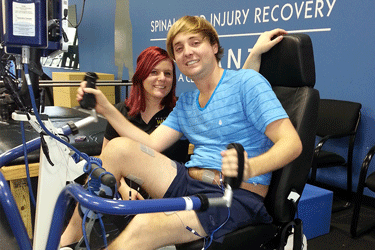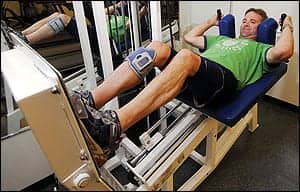A 3-year follow-up to a randomized clinical trial suggests that the use of olfactory mucosa lamia propria (OLP) transplants could be a “promising and safe” way to treat spinal cord injury.
The study appears online and will be published in a future issue of Cell Transplantation.
According to a release from the Cell Transplantation Center of Excellence for Aging and Brain Repair, 12 patients with complete spinal cord injury (SCI) were randomized to receive transplanted cells from their olfactory mucosa (nasal cavities) into their spinal cord to build a “bridge” to span the gap between the damaged ends of the spinal cord.
The researchers followed these patients for 3 years, and determined that some of them had experience a range of modest improvements, per the release.
“This study demonstrated that transplantation of OLP affected motor functional recovery as well as improvement in ASIA sensory scores, bladder compliance, sensation and partial control, and daily life activities,” the researchers wrote, according to the release.
Autologous olfactory ensheathing cells (OECs), the researchers say in the release, are known to show high levels of nerve growth factor and neurotrophic receptor expression.
“The postoperative images in our study demonstrated that the transplants in the OLP group bridged the proximal and distal stumps (of the severed spinal cord), which may have provided assistance in establishing the integrity of the local neuronal signal circuit and conducting neural signals for early motor or sensory recovery,” says study researcher Hua-Zi Xu, MD, Department of Spinal Surgery, the Second Affiliated Hospital of Wenzhou Medical University, Peoples Republic of China, in the release.
Xu notes in the release that most of the study participants exhibited improvements within the first 12 to 24 months after implantation and their functional recovery slowly increased. However, the improvements plateaued at 24 months after implantation.
Overall, the researchers write in the release, there appeared to be a “greater improvement in sensory function rather than motor function in the ASIA score assessment.”
In the release, they noted that one patient achieved normalized bladder function and that two of eight patients achieved the return of bladder sensation at 24 months. Eight of the 12 patients were without bladder sensation at the preoperative evaluation.
“Optimal outcomes may be related to age, severity, and level of injury, the quality and quantity of transplants, surgical technique, and postoperative rehabilitation,” the researchers conclude in the release.
“We believe that to derive clinical benefits from OEC transplants, a combination with other pharmacological agents is most likely to achieve significant axon regeneration and re-establish functionally useful connections across the injured spinal cord,” they write.
[Source(s): Cell Transplantation Center of Excellence for Aging and Brain Repair, EurekAlert]





